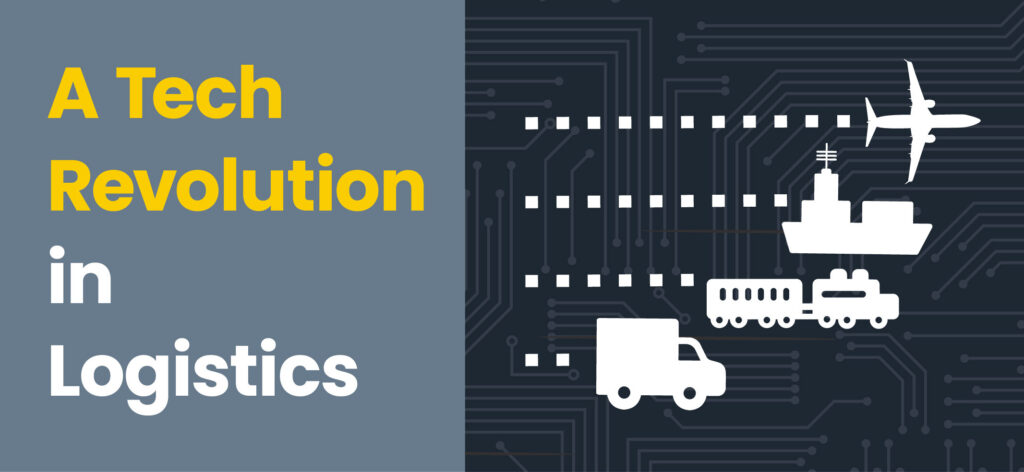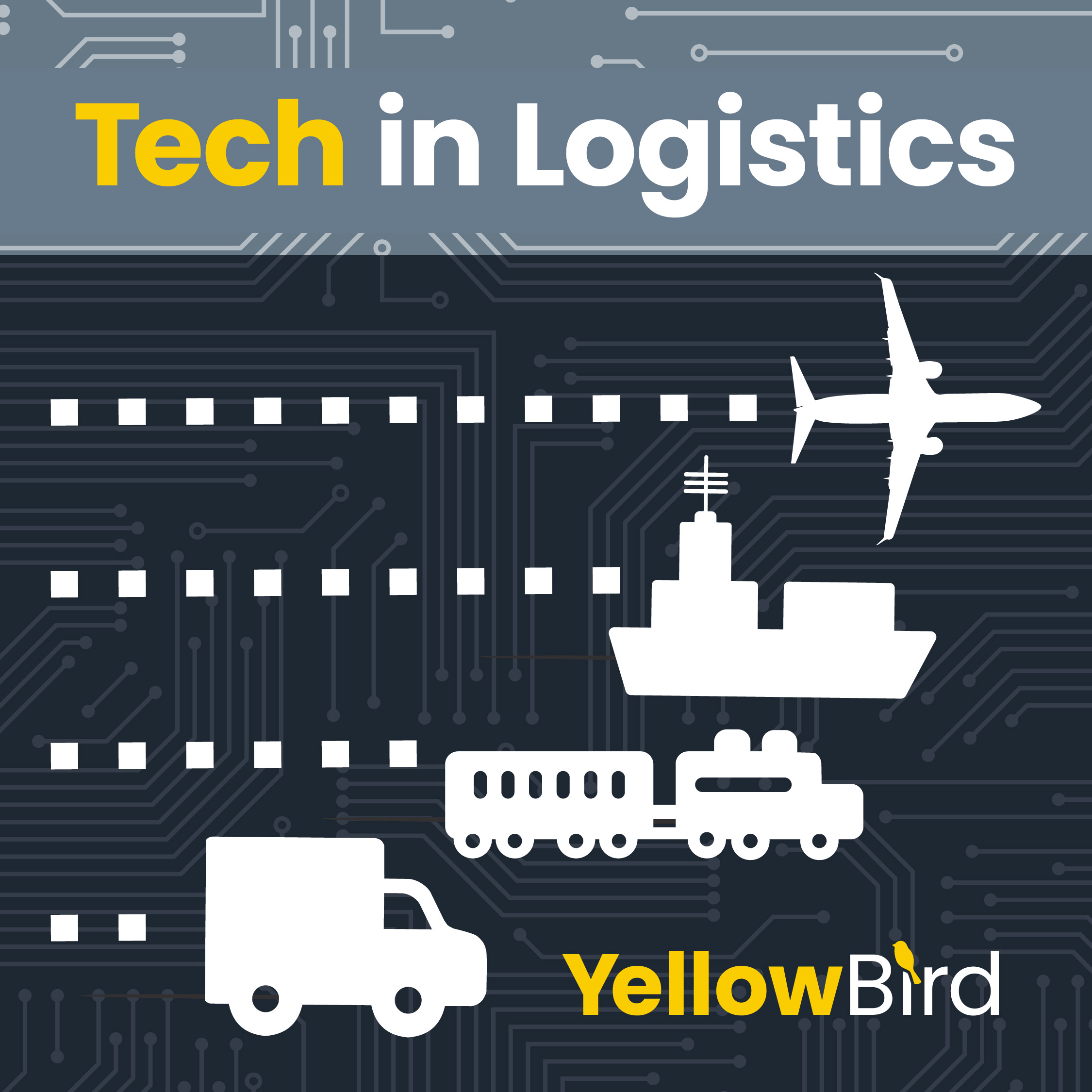
Tech Revolution in Logistics: A Safer Journey Ahead
In today’s fast-paced world, the logistics industry plays a pivotal role in ensuring goods reach their destinations efficiently. Safety in logistics is not just a desirable goal, it’s a necessity. Technology has been a game-changer in enhancing safety across the supply chain. In this blog, we will explore how technological advancements such as GPS tracking, telematics, and real-time monitoring systems are transforming the logistics industry by improving visibility, optimizing routes, and promoting overall safety.
1. GPS Tracking: Pioneering Precision
Enhancing Visibility
One of the key challenges in logistics has always been maintaining real-time visibility into the location of shipments. Traditional methods relied on manual tracking and communication, leaving room for errors and delays. GPS tracking technology has revolutionized this aspect of logistics by providing precise location data in real-time.
Recent studies show that businesses using GPS tracking systems experience a significant reduction in lost or stolen cargo, translating to substantial cost savings and improved safety.* The ability to pinpoint the exact location of a shipment allows for quicker response times in case of emergencies or incidents, mitigating potential risks.
2. Telematics: The Intelligent Way Forward
Optimizing Routes
Telematics is a powerful tool that combines GPS technology with data analytics to offer a holistic view of fleet operations. It helps logistics companies optimize routes, minimize fuel consumption, and, most importantly, enhance safety.
Recent research indicates that businesses using telematics systems have reported a 25% reduction in accidents and a 15% reduction in fuel costs.** This reduction in accidents is primarily attributed to the ability of telematics systems to monitor driver behavior in real-time. Speeding, harsh braking, and erratic driving can all be flagged and corrected, reducing the likelihood of accidents and promoting overall road safety.
3. Real-Time Monitoring Systems: Keeping a Watchful Eye
Promoting Overall Safety
Real-time monitoring systems encompass various technologies, including IoT sensors and cameras, which provide comprehensive insights into every aspect of the supply chain. These systems offer real-time data on temperature, humidity, shock, and even the condition of goods during transit.
According to a recent report, businesses that deploy real-time monitoring systems have seen a remarkable reduction in incidents related to cargo damage and spoilage, reducing losses and ensuring the safety of both goods and personnel.*** These systems also play a crucial role in ensuring compliance with safety regulations, reducing the risk of fines and legal issues.
4. Future Trends: A Glimpse into Tomorrow’s Logistics Safety
As technology continues to advance, we can expect even more innovative solutions to enhance logistics safety. Here are a few trends to watch out for:
- Autonomous Vehicles: The development of autonomous vehicles promises to revolutionize the logistics industry. These vehicles can operate 24/7 without driver fatigue, reducing accidents caused by human error. However, it’s essential to address safety concerns and regulatory challenges as this technology matures.
- Artificial Intelligence (AI) Predictive Analytics: AI-powered predictive analytics will play a more significant role in logistics safety by analyzing vast amounts of data to identify potential risks and suggest proactive measures. This will help prevent accidents before they occur, making the supply chain even safer.
- Blockchain for Transparency: Blockchain technology will be used to enhance transparency and traceability in the supply chain. This not only prevents tampering and fraud but also ensures that safety protocols are followed consistently.
Embrace the Future of Logistics Safety
In the ever-evolving world of logistics, technology is not just an option; it’s a necessity for ensuring safety and efficiency. GPS tracking, telematics, and real-time monitoring systems are already making substantial contributions to logistics safety by improving visibility, optimizing routes, and promoting overall safety. As we move forward, embracing emerging technologies and trends will be key to navigating the future of logistics safely.
Safety in logistics isn’t just about protecting goods; it’s about safeguarding the lives of your employees and the reputation of your business. Don’t wait for accidents to happen – take the proactive step of integrating these technologies into your logistics operations.
If you are ready to embrace the future of logistics safety, start by connecting with YellowBird to see how we can assist, train, and guide you in your logistics safety measures. Together, we can build a safer and more efficient supply chain for your business. In the world of logistics, safety isn’t just a destination – it’s the journey. Start your journey towards a safer supply chain today with the help of YellowBird.
* https://www.nist.gov/system/files/documents/2020/02/06/gps_finalreport618.pdf





